20+ Years Experience
Specialist Education Providers

Research has shown that risky play on playgrounds is not only beneficial for children’s development but also necessary for their overall well-being.
Let’s explore the importance of risky play in playgrounds and how it can help your child thrive.
Children’s physical development is crucial and can be cultivated through engaging in risky play on playgrounds, such as playing on monkey bars.
This type of play not only encourages physical activity, but also helps children develop important motor skills like balance, coordination, and strength building. Through this type of play, children also learn to assess risks and develop resilience.
Studies have shown that children who engage in risky play, like playing on monkey bars, are more likely to have better physical fitness and motor skills.
Emotional development in children is crucial and can be fostered through risky play in playgrounds. Here are some points to consider:
Children engaging in risky play can benefit from enhanced social development. Risky play encourages social interactions among children as they collaborate, communicate, and negotiate space while engaging in adventurous activities.
These experiences promote the development of important social skills such as teamwork, problem-solving, and conflict resolution.
Risky play fosters social development by providing opportunities for children to interact with their peers and navigate various social situations.
Cognitive development is a crucial aspect of children’s growth, and risky play in playgrounds plays a significant role in fostering this development.
Engaging in activities that involve critical thinking and problem-solving skills, such as climbing or balancing on challenging structures, helps children enhance their cognitive abilities.
By facing and overcoming risks, children learn to assess situations, make decisions, and anticipate consequences.
These skills not only benefit their immediate play experiences but also lay the foundation for future activities that will require problem-solving and critical thinking.
Therefore, encouraging risky play in playgrounds is essential for promoting children’s cognitive development.
Physical injuries are a common concern when it comes to risky play in playgrounds. However, by taking certain precautions and being mindful of safety, the risk of injuries can be minimized. Here are some things to consider:
By following these steps, children can enjoy the benefits of risky play while minimizing the chances of physical injuries.
Remember, it’s important to find a balance between allowing children to explore and play freely and ensuring their safety.
When it comes to risky play in playgrounds, emotional distress can be a factor to consider. While participating in adventurous activities may lead to moments of anxiety or fear, it can also offer valuable chances for children to learn how to regulate their emotions.
Risky play aids in the development of resilience and the ability to cope with challenging situations. However, it is essential to establish a supportive environment that reduces social isolation and negative peer pressure.
Encouraging open communication and offering guidance can assist children in managing their emotions and forming strong social connections.
Social isolation can be a concern when it comes to playgrounds. Children who live in areas close to busy roads or have limited access to back gardens may face difficulties in engaging in outdoor play with peers.
This lack of social interaction can negatively impact their development, leading to feelings of loneliness and isolation.
It is important to create inclusive and accessible play spaces that encourage social interaction and provide opportunities for children to form connections and build relationships with others.
By addressing the limited access to back gardens, we can promote a sense of belonging and well-being among children in playground environments.
Negative peer pressure can have detrimental effects on children’s experiences in school playgrounds.
It can discourage them from engaging in risky play activities such as riding a bike or climbing trees. This can limit their physical and cognitive development and hinder their ability to assess and manage risks.
To address this issue, schools can promote a positive and inclusive environment, provide clear rules and guidelines, and educate students about the benefits of risky play.
Encouraging children to support and empower each other can help combat negative peer pressure, allowing them to fully enjoy the benefits of risky play.
Providing adequate supervision is crucial when allowing children to engage in risky play in school playgrounds. Here are some important points to ensure their safety:
Setting age-appropriate boundaries in playgrounds is crucial to ensure the safety and well-being of children while still allowing for the benefits of risky play. Here are some things to consider:
By setting these boundaries, children can engage in risky play within controlled levels of stress, fostering resilience and problem-solving skills.
Remember, striking a balance between safety and risk is essential for children’s holistic development, including negotiating space with others.
Teaching safety skills is crucial when encouraging risky play on the playground, especially when it comes to using the monkey bars.
Encouraging communication and problem-solving skills in playgrounds can greatly benefit children’s development. Here are some steps to foster these abilities:
Risky play can include activities such as play fighting, climbing to heights, using potentially dangerous tools, and engaging in rough and tumble play.
It can also refer to playing in certain locations, such as near water or close to the road.
Risky play is a significant part of childhood development that needs to be nurtured, not discouraged.
It provides children with the opportunity to learn risk assessment skills, develop self-confidence, and practice problem solving.
It also allows them to gain physical abilities and learn from their mistakes.
Schools and nurseries can support and encourage children to take risks by creating a risk assessment and a risky play policy.
They can also educate staff and parents on the importance of risky play and implement strategies to reduce major injuries, such as supervision and shock absorbent surfacing.
Fixed or moveable playground equipment such as Trim Trials, Play Towers, and Jungle gyms can provide children with opportunities for higher-risk activities and promote risk-taking in play.
Natural elements in playgrounds, such as rocks and trees, can also add a level of risk for children to navigate.




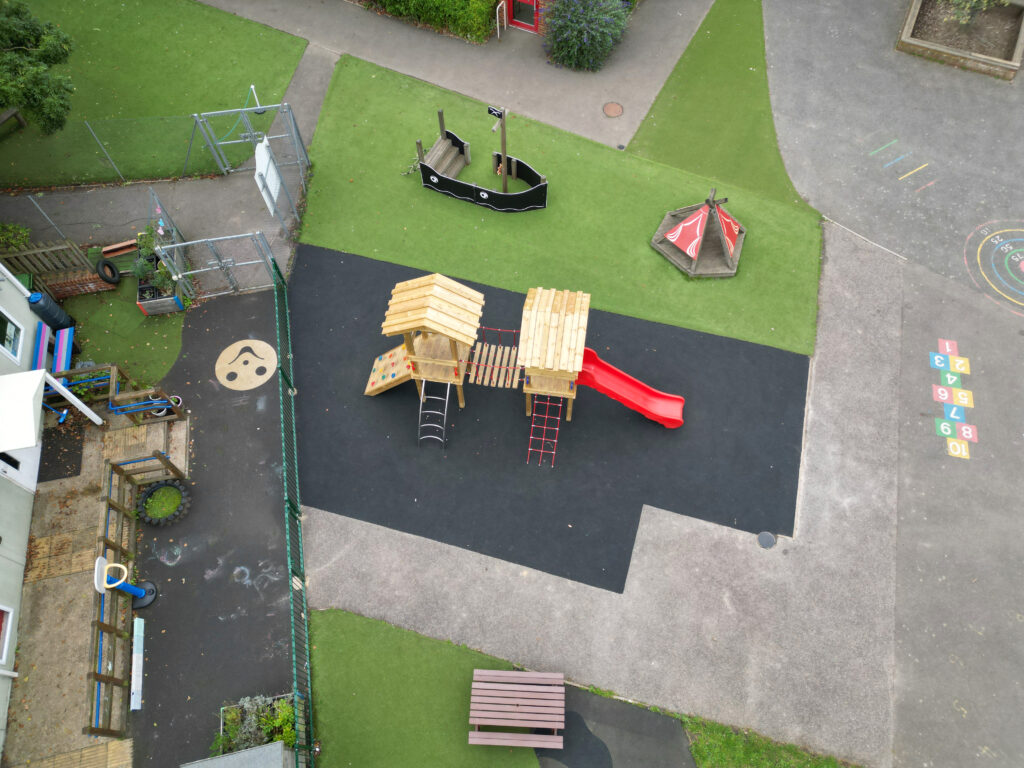

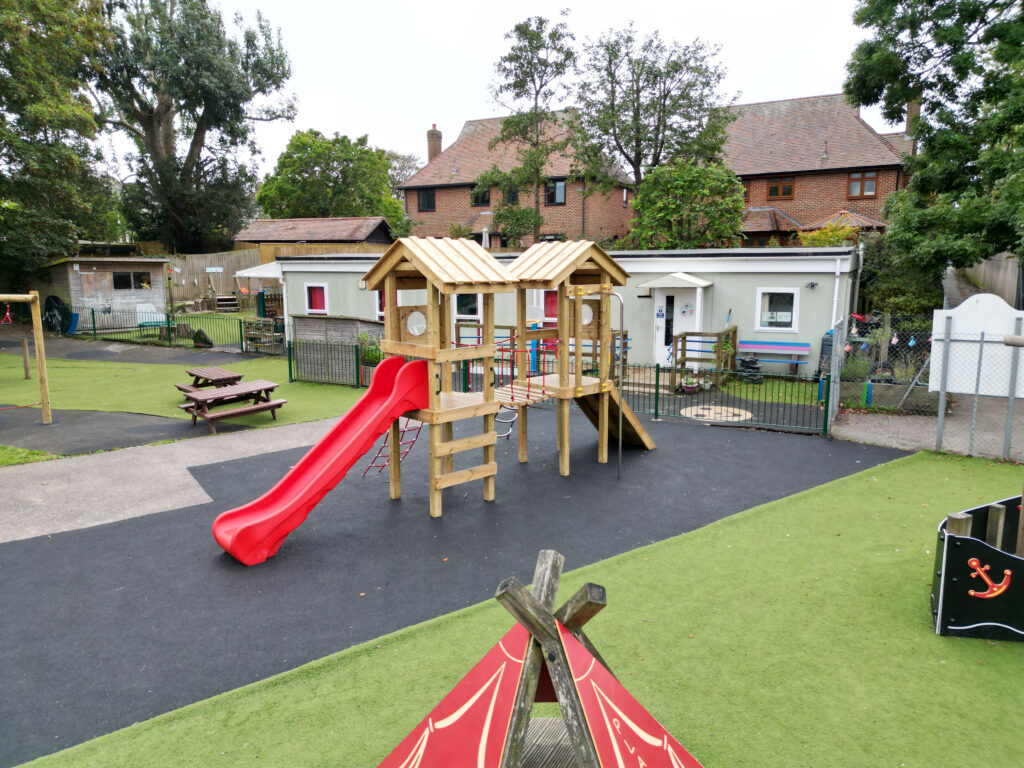
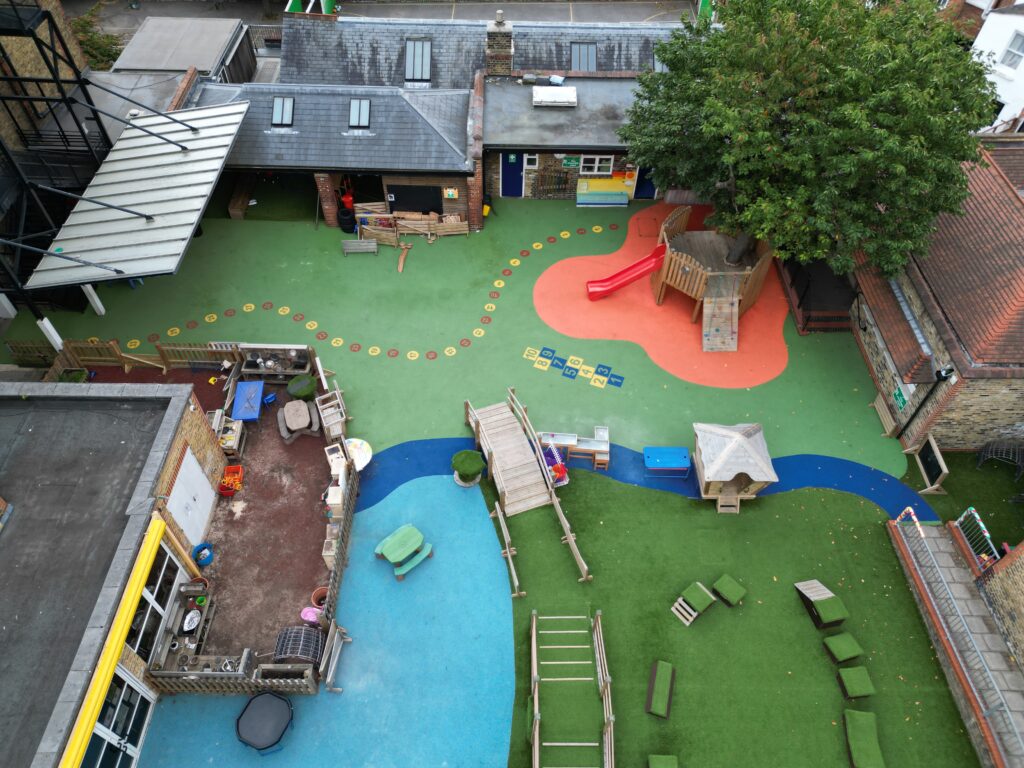






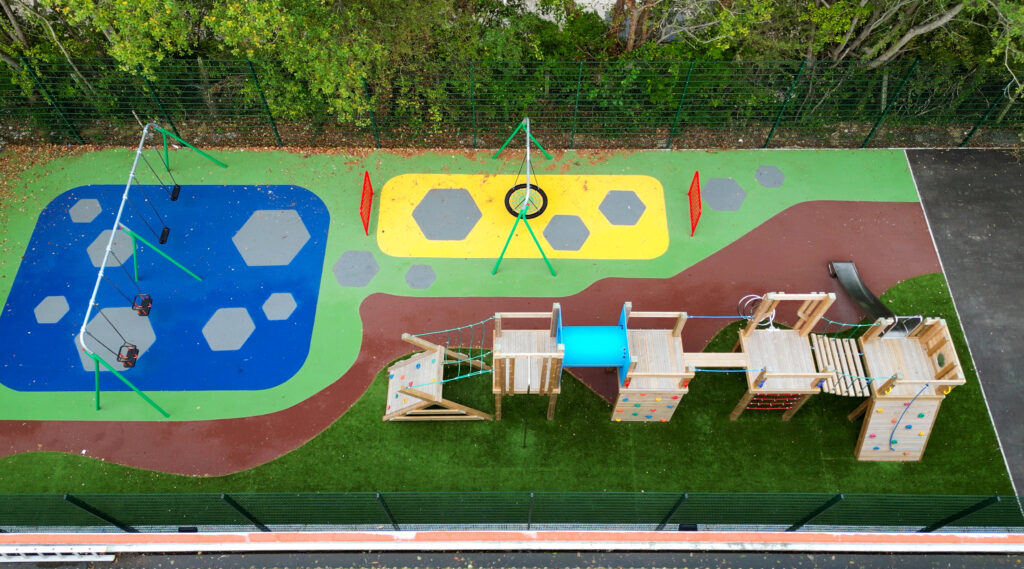










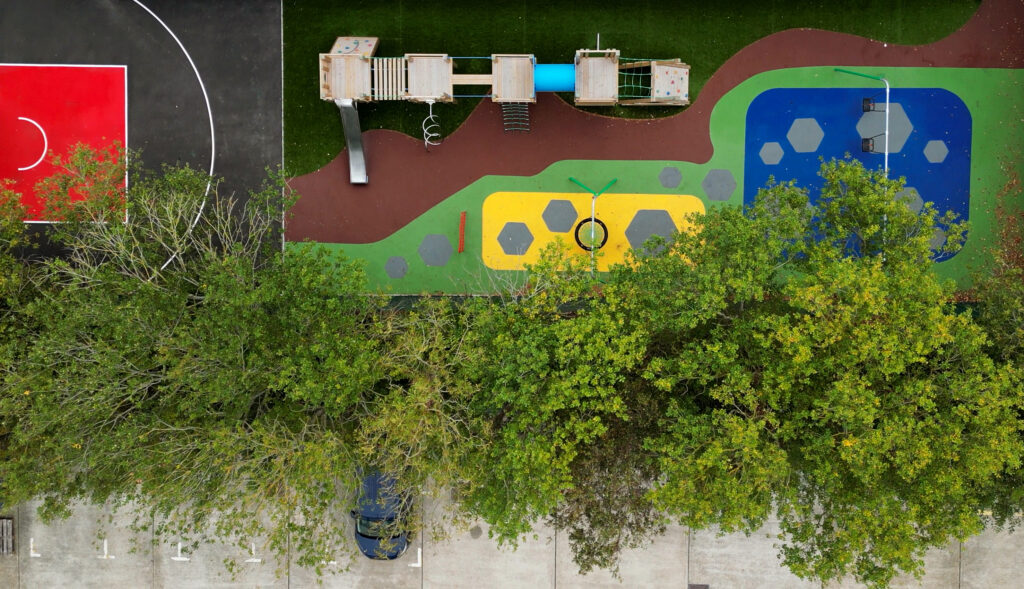









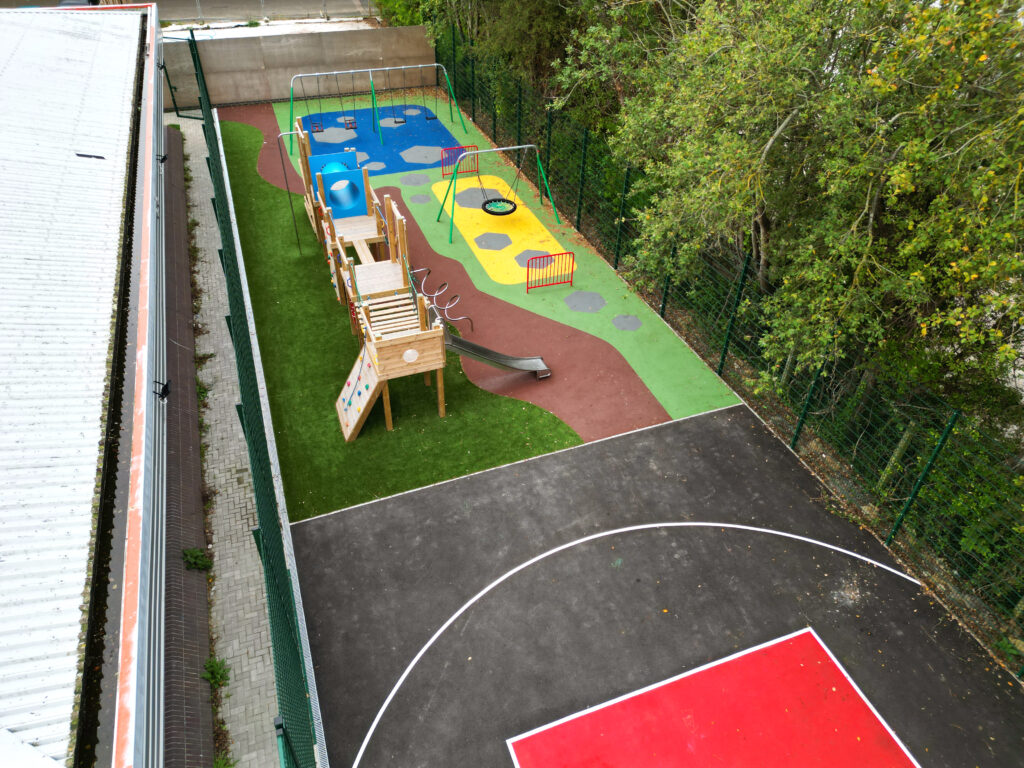



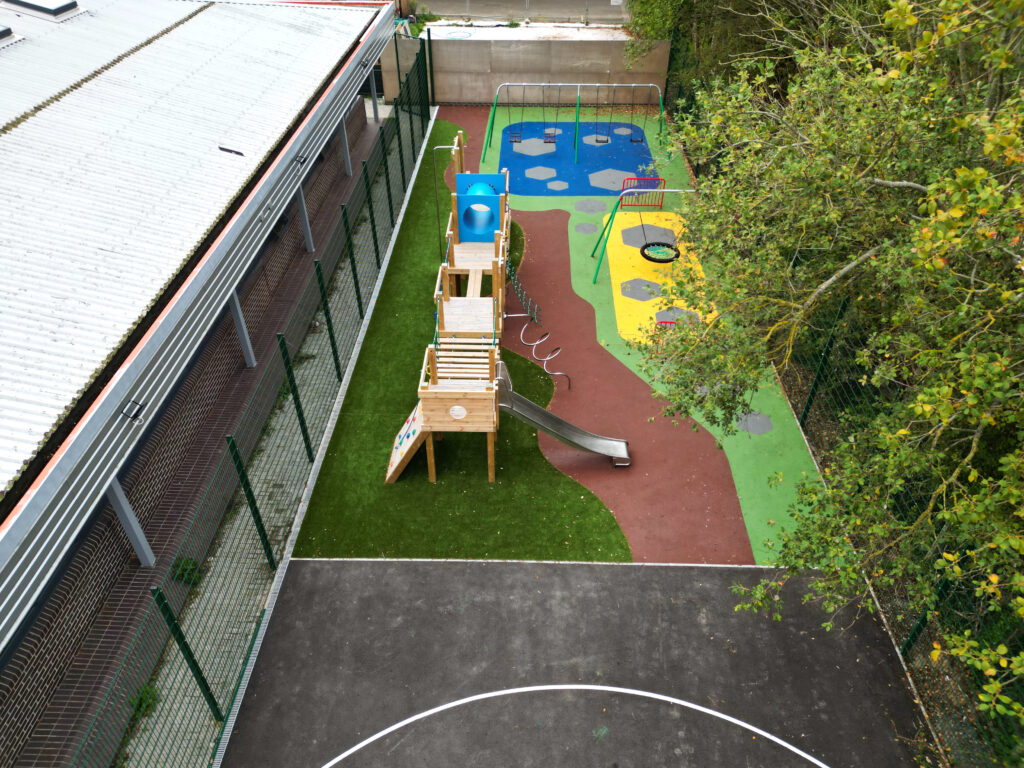







We Aim To Reply To All Enquiries With-in 24-Hours